
Hundreds were printed and it seems that dozens of copies were saved by the folks of Raritan. This book, along with a few other sources, provides us with a snapshot of what the town was like 53 years ago.

That tragic year witnessed the assassinations of Martin Luther King Jr. in April and Robert Kennedy in June.
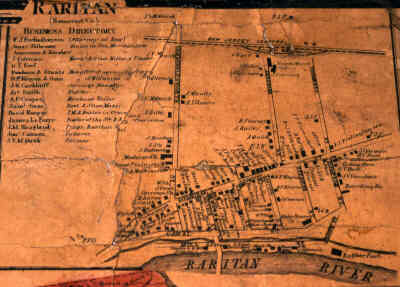
Some may note that Raritan existed before 1868. For as early as the mid-1700s the towns that encompass both Somerville and Raritan were known together as Raritan. (Around 1809, Somerville took on its own identity.)
So, while the true date for the Centennial of Raritan could be debated among some picky historians, the people of Raritan saw an opportunity to celebrate and boy did they.
Click to view

Four of which were related to the Italian ancestry that most in town had, each representing a different area of Italy. Raritan had the St. Rocco Society, the Star of Italy, the Fratellanzo Club and the Marcheggiana Society.
These clubs had Friday night card games, dances, and even offered financial support to members in tough times. Today these clubs are long gone. Relics of another era.
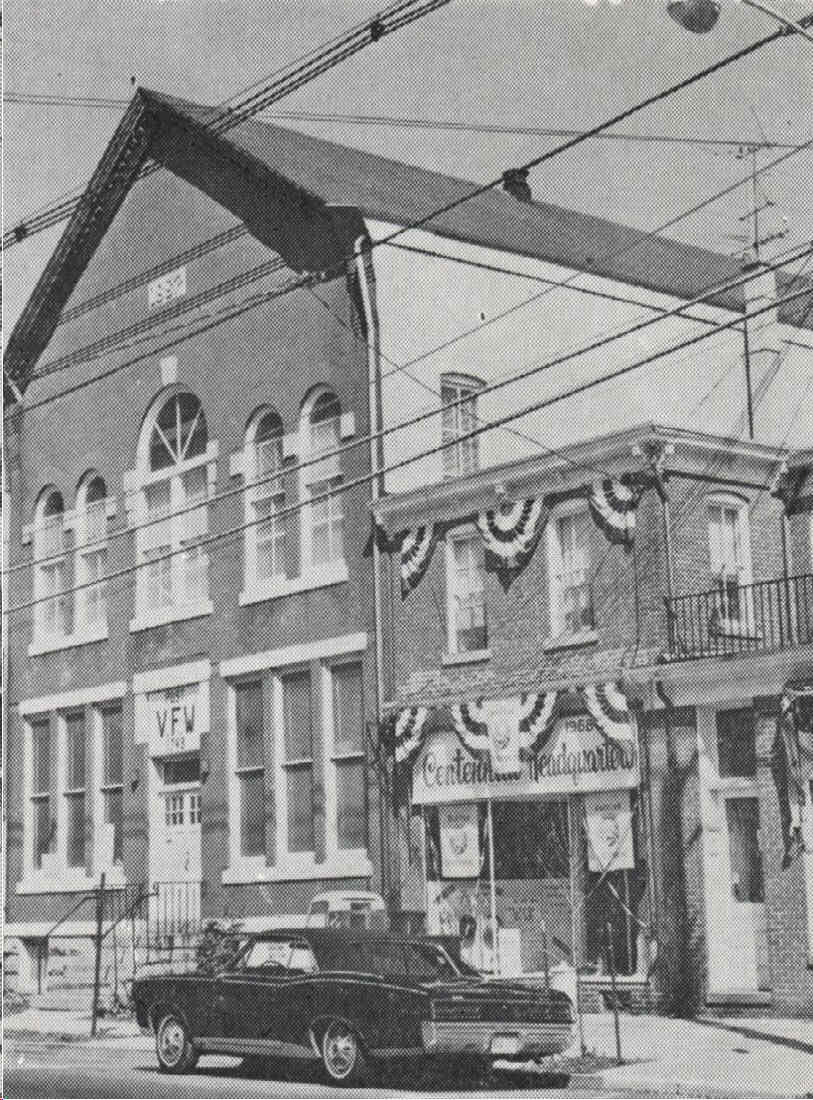
That was the Veterans of Foreign Wars (VFW). Their hall was on Somerset Street in a building that had originally been the Parochial School for St. Bernard (which closed in 1938.) The VFW was a thriving social club.
During World War II the town of Raritan sent almost 1000 men and women into the fight. Twenty-four of them did not make it home.
The VFW represented what the country had fought for. The bonding of the hundreds of members was absolute. Many still refer to it remembering the togetherness and many years of social activities that the organization offered.
Years later the VFW building was severely damaged by fire and had to be demolished. Today, the Italian Bakery stands on that location. That VFW group does still have an active chapter today, but it has a very small number of people, with little social activities. Its clubhouse is at the Train Station depot.

(Note - The Mayor and Borough Council, a product of its time, were all men. The first woman on the Borough Council, Marie Paris, would be elected in the early 1970s.)
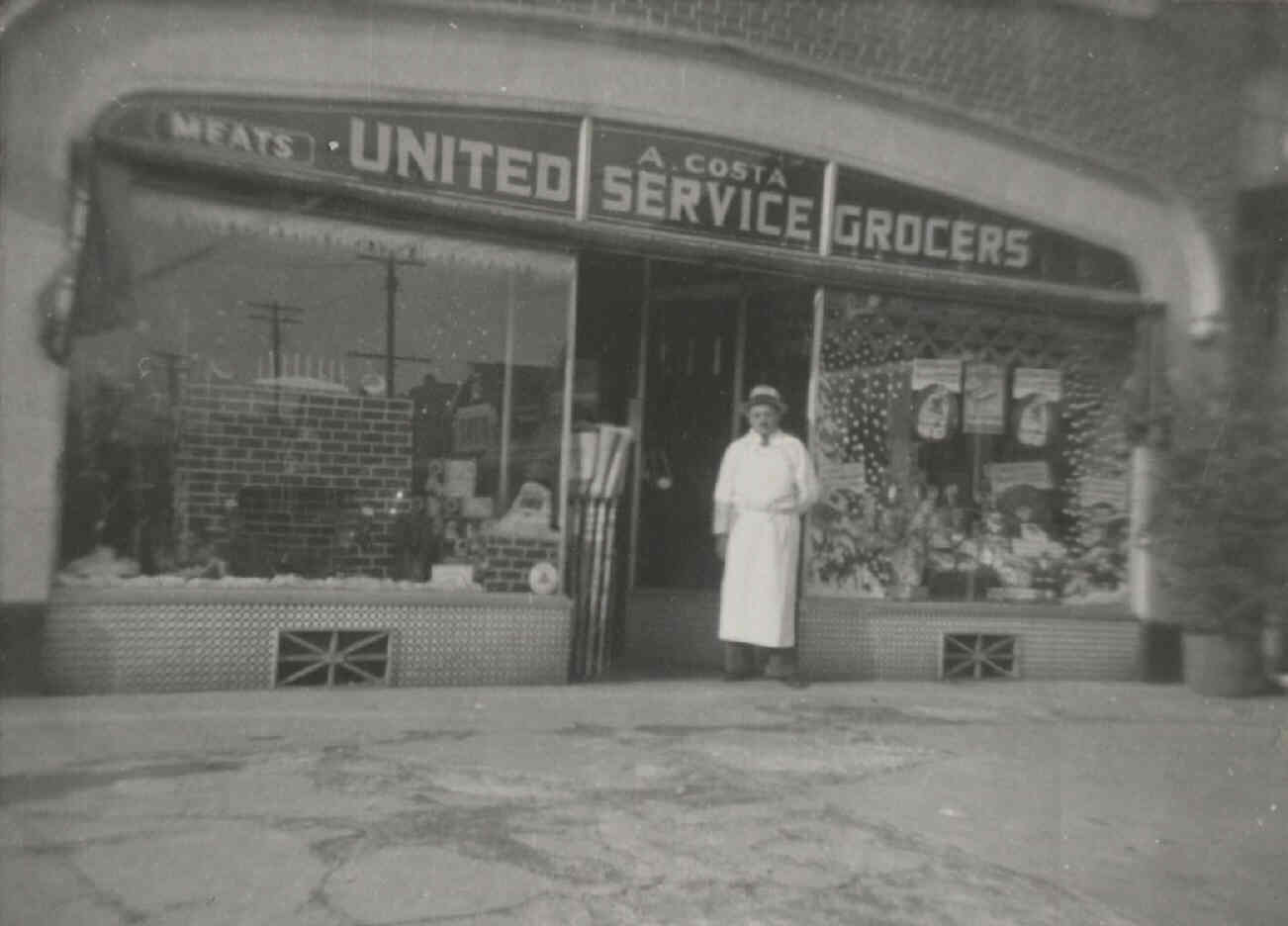
Costas could be found at 37 First Avenue and Kiszonaks was at 45 Thompson Street.
The era of the local taverns was also ending, but three still remained. They were the Centennial Tavern on Wall Street, Lenas on La Grange Street, and DeCiccos Tavern on Anderson Street.
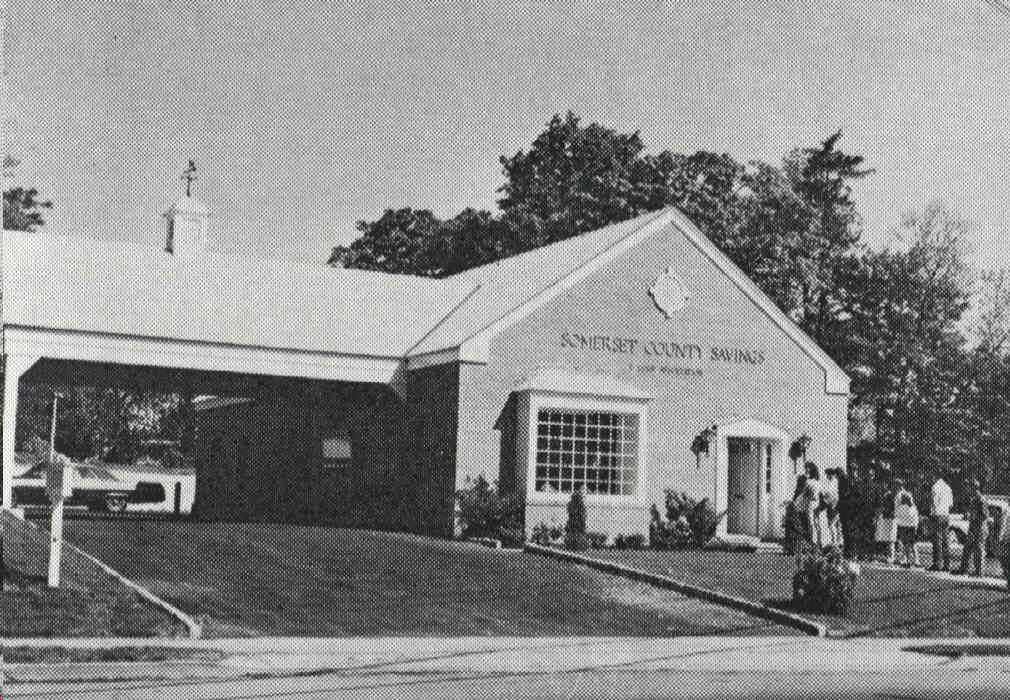
Those include Agway (second generation of Krachun family), Bongiovi Funeral Home (second generation), J&J Barber Shop (second generation of Sorace Family), Tropiano Jewelers (third generation), Angelone Florist (second and third generation), and DeLucia Pizza (fourth generation).
Two other businesses from 1968 still around are the Somerset Savings Bank and Michaels Inn.
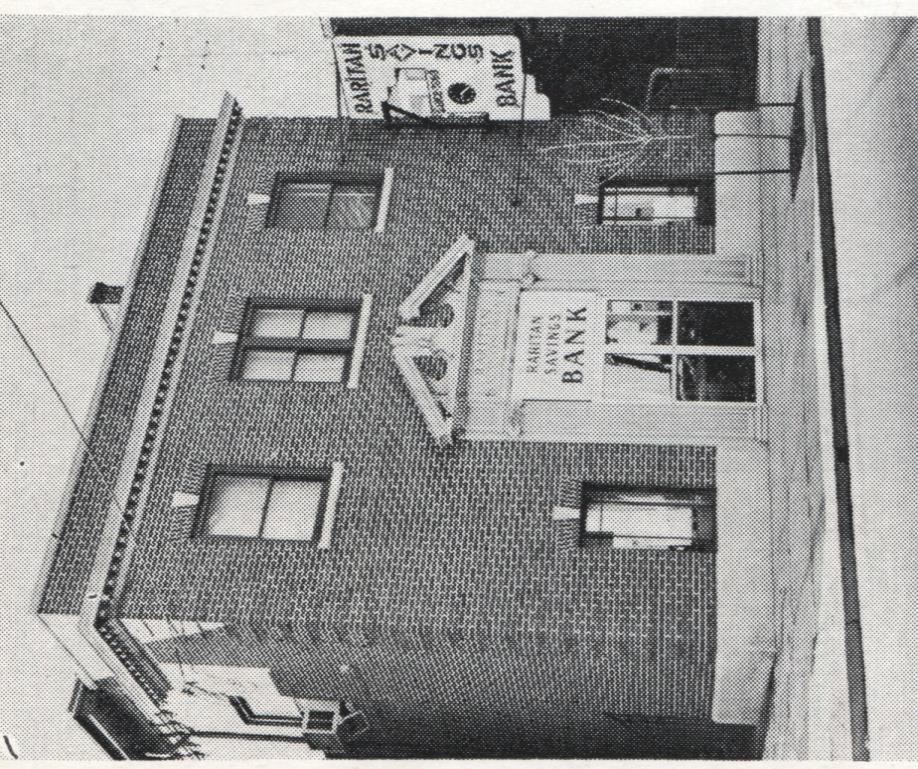
The PNC Bank on Somerset Street back then was The Raritan Saving Bank which had its origin in 1869.
The Delta Gas Station we see today on East Somerset Street was operating as Atlantic Gas in 1968.
And the Shell Station at the corner of First Ave and 202 was open then too under a different name.
That building is now gone

To plan a month-long schedule of events a committee was created and a headquarters was established in a storefront on Somerset Street.
The committee was made up of Rocco Miele, Anthony Esola, Julius Rosi, and two members who are still with us today - Katherine Mastice and Don Esposito.
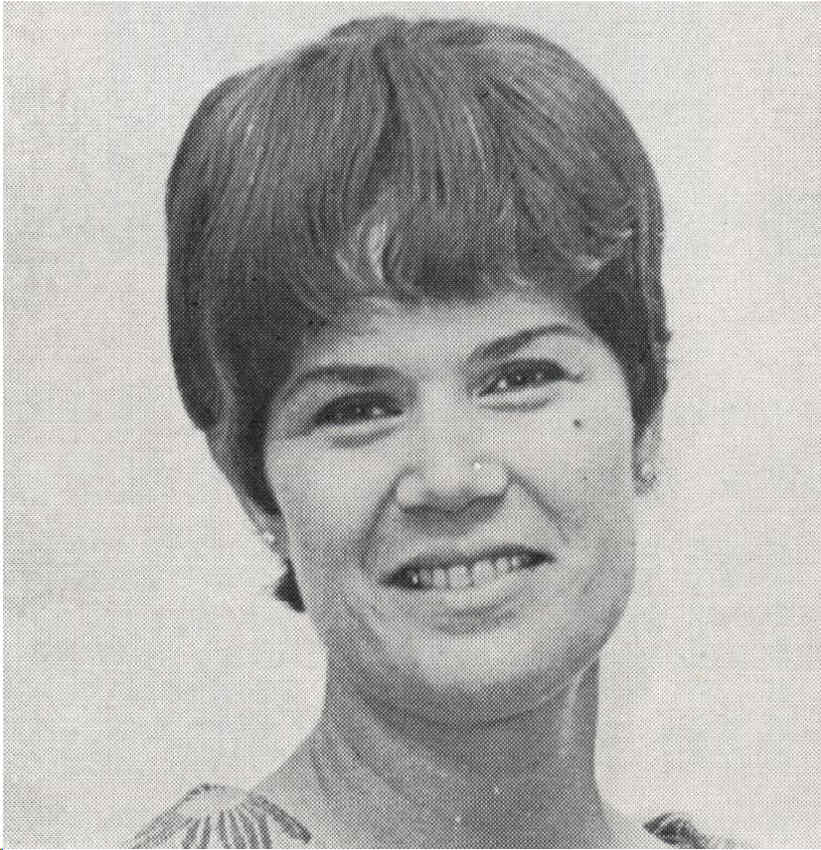
Katherine Mastice said it was amazing how so many people embraced nearly all the activities. She went on to say that this included not just people in town, but those from other towns as well.
Peter Vitelli said it was one event after another,it went on and on.

Former Mayor Anthony DeCicco remembers growing a beard and mustache as residents were encouraged to adopt the styles of 1868.
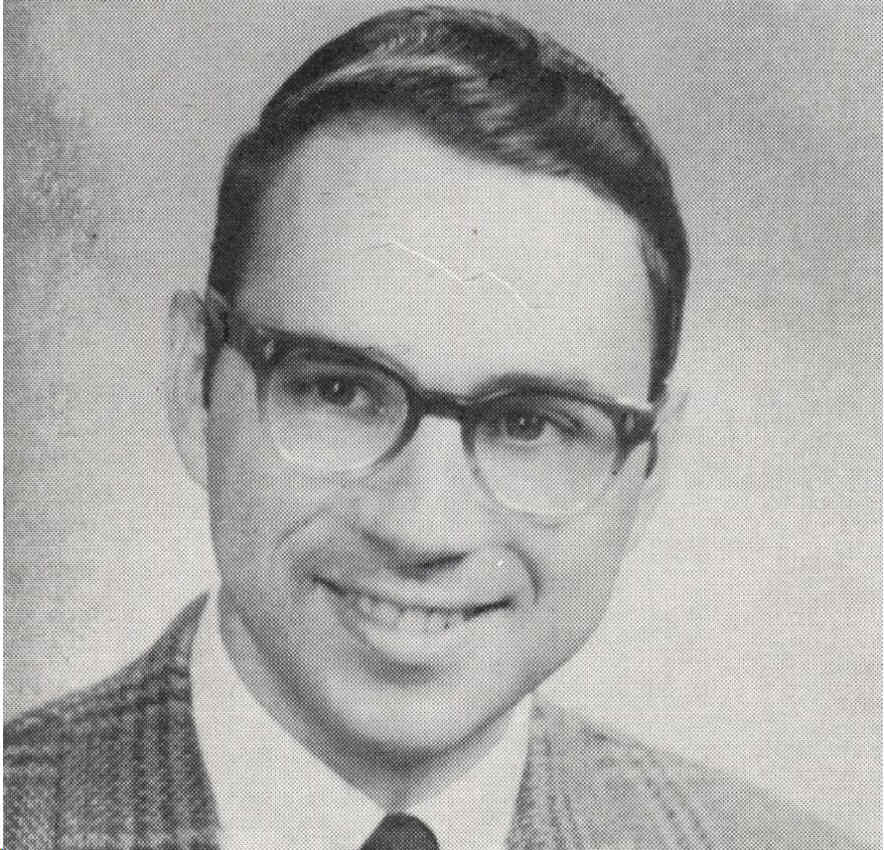
Don had further reasons to be upbeat about the Centennial as his short book the First History of Raritan, which he had written just a few years before, was included in its entirety inside the 80-page Centennial booklet.
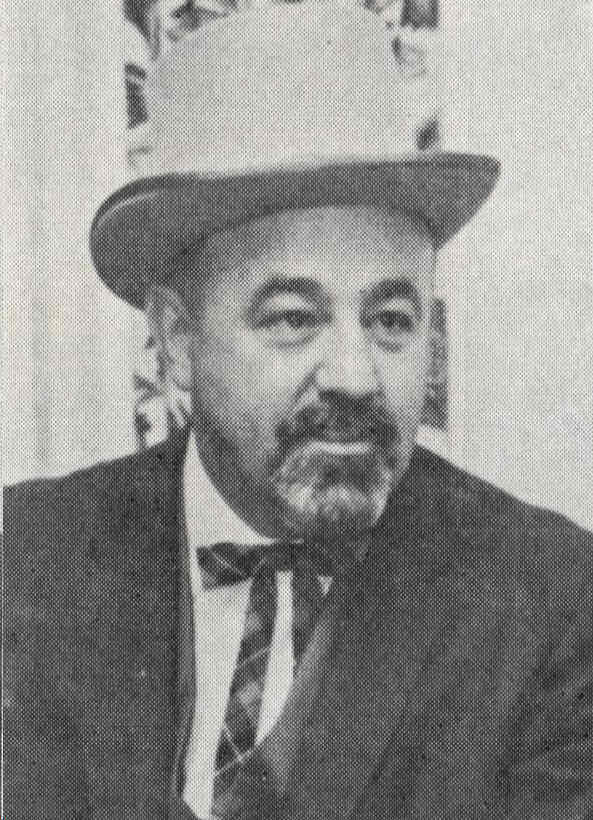
Mayor Pat DiPaolo summed up the upcoming celebration saying Let us mark this anniversary with reverence for the past, energetic dedication to the present, and sound planning and confidence for the future.
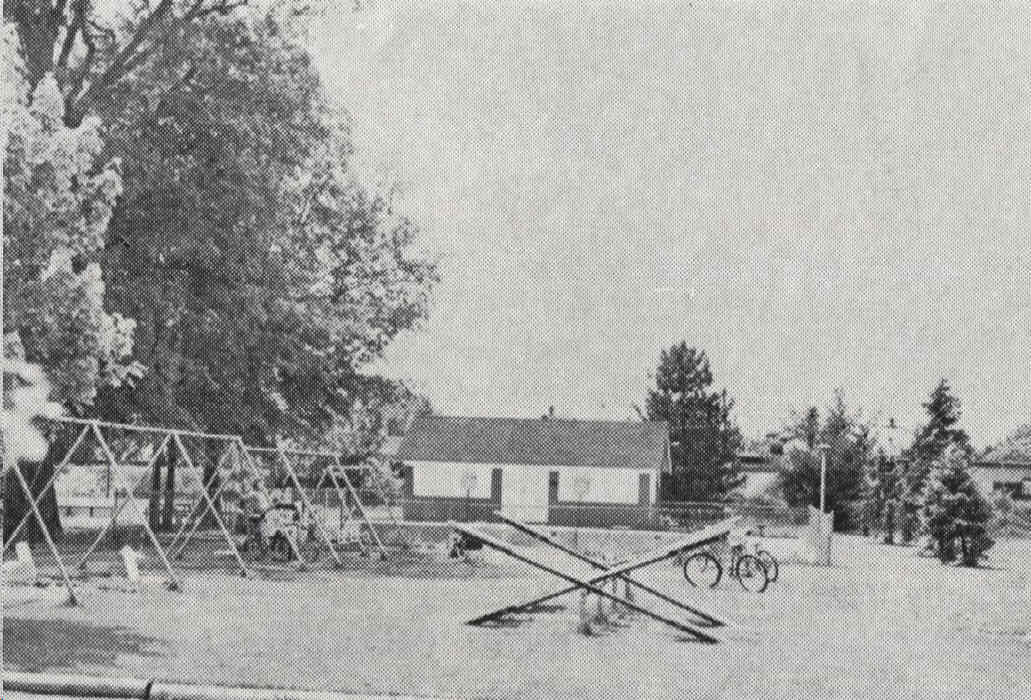
Athletic events kicked things off as there were bicycle races and a Junior Olympics. Then things went into high gear. A carnival ran for five days. A bus tour of Raritan ran for three days. A concert and two dances were held. A baking contest had dozens of entries. One night a band on a horse drawn wagon went through town. For some events entire families dressed up in clothing that was in fashion in the 1860s.
Perhaps the most remembered events were the costume contests. For women, the contest was the outfit they were wearing. But for men, it was to see who had grown the best beard and mustache. Dozens of men had grown facial hair just for the Centennial.
The month-long celebration ended with a parade and fireworks. Wow!